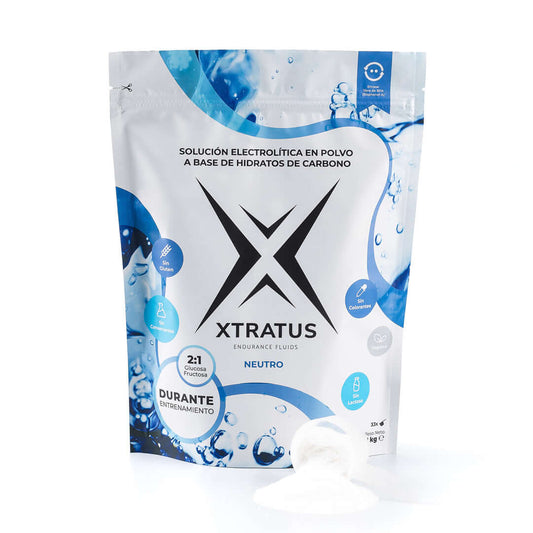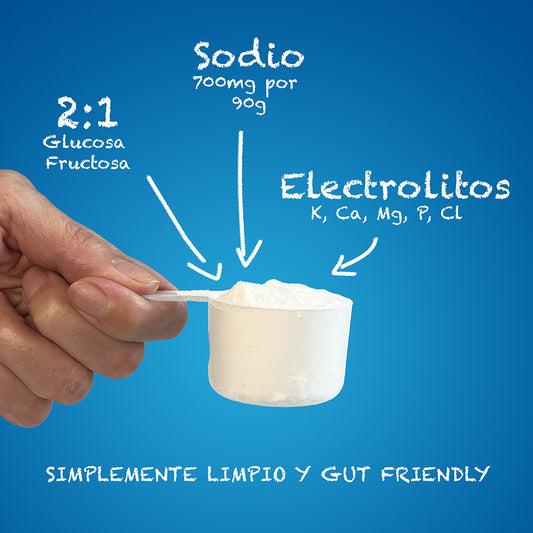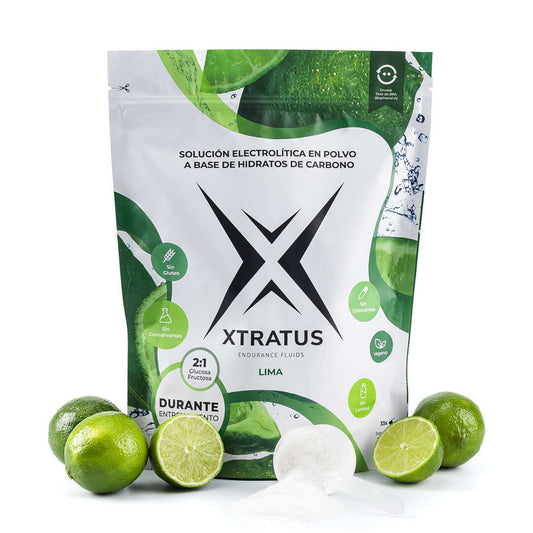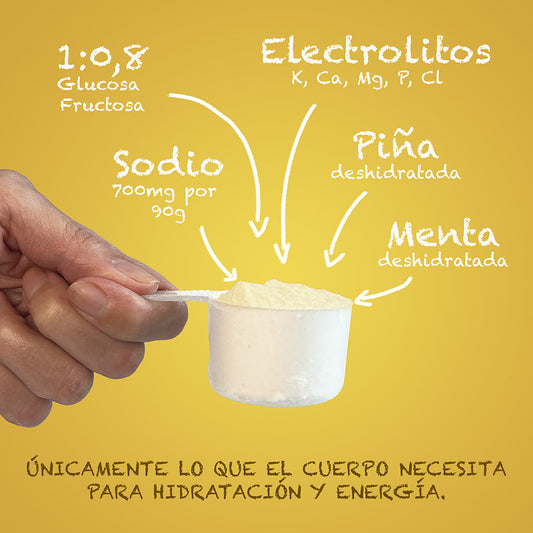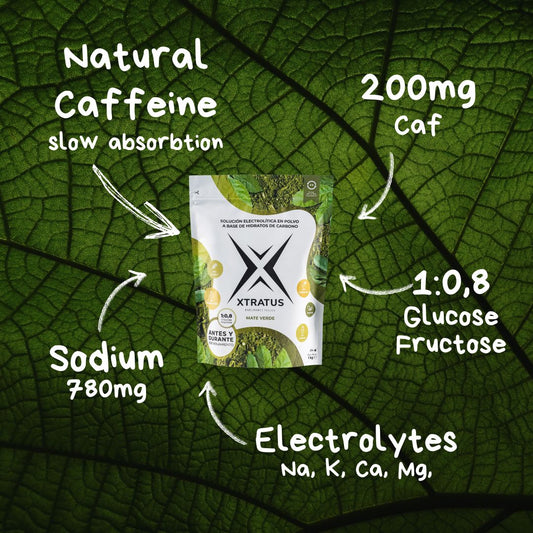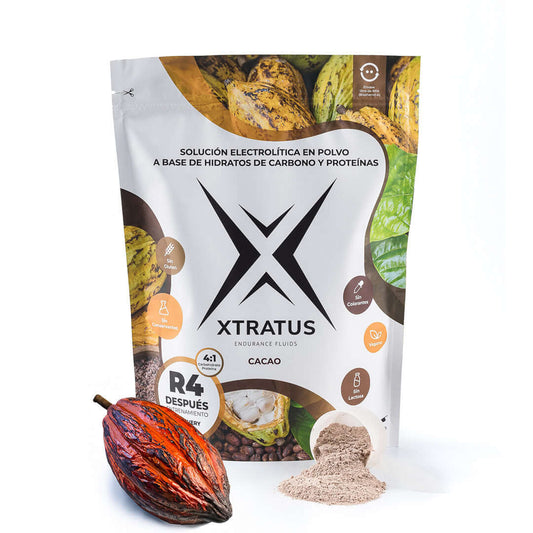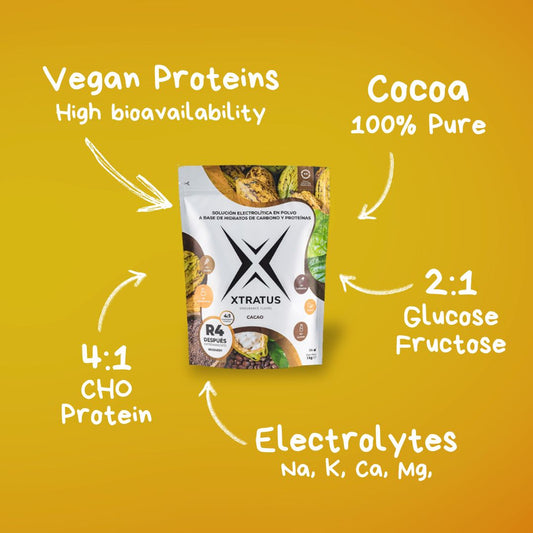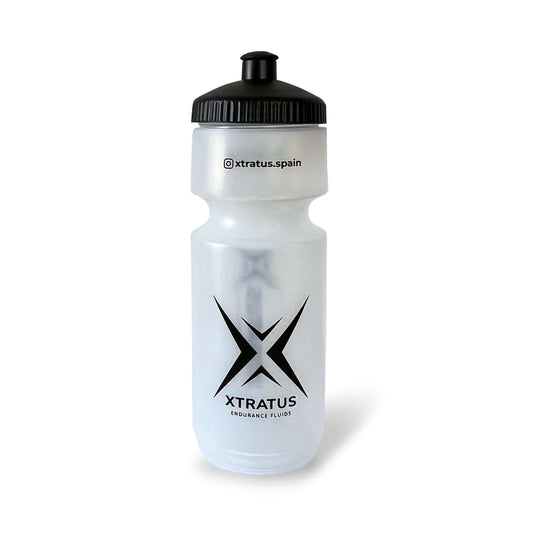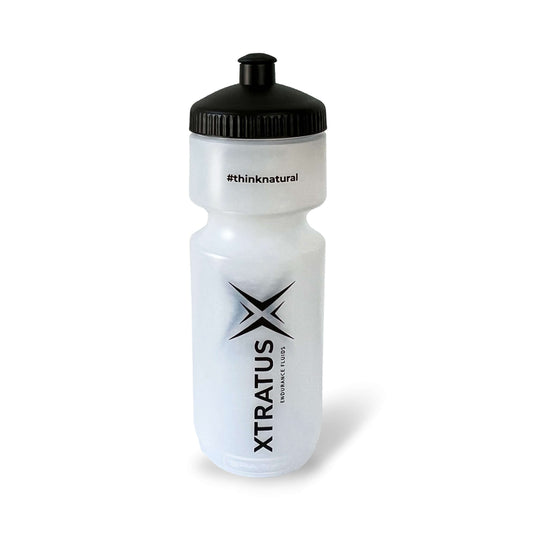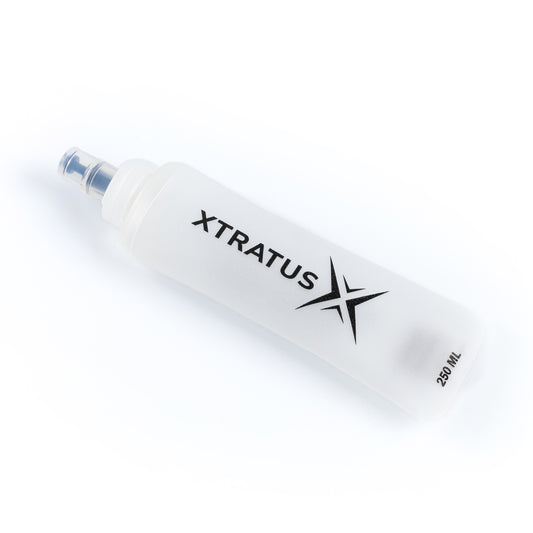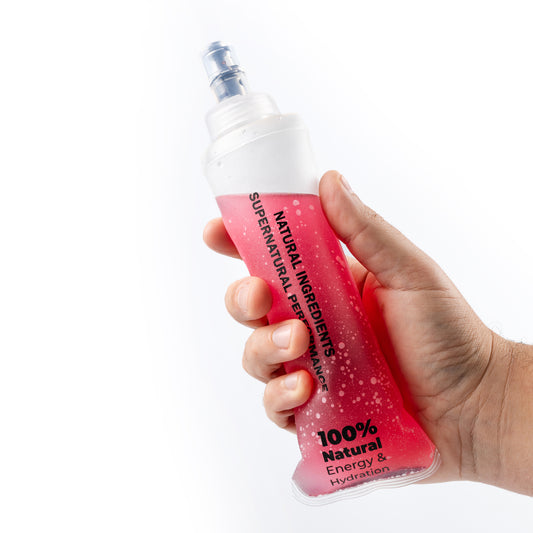
Types of carbohydrates and its intestinal absorption
Carbohydrates They are molecules composed of carbon, hydrogen, and oxygen. They can be classified according to their degree of polymerization and can initially be divided into three groups:
● monosaccharides;
● disaccharides;
● oligosaccharides;
Glucose, fructose, and galactose are the monosaccharides present in the diet. Glucose is the only one that can be oxidized in the muscle to obtain energy. Fructose and galactose must be converted into glucose in the liver and then oxidized. The most important disaccharides in the diet are sucrose, which is a combination of glucose and fructose, lactose, and maltose.
In addition to the amounts of carbohydrates, the type of Carbohydrate is important for adequate performance in resistance training.
Physical research
Different carbohydrate and placebo drinks were tested on cyclists who cycled for 2 h on a cycle ergometer at 54% of maximal oxygen consumption. Researchers used three drinks throughout the trial: water (placebo), glucose drink (1.8 g/min), and the combined glucose:fructose drink (2:1 with the same oxidation rate of 1.8 g/min).
Cyclists who drank the carbohydrate-containing beverage performed better, averaging 275W, compared to the glucose-containing beverage group, which averaged 254W (AP Currel, 2008). This was the first study to demonstrate this effect of different transporters.
In addition, other studies have shown a reduction in gastrointestinal cramps in cyclists. In this study, the authors used a maltodextrin:fructose solution (Rowlands, 2012).
The explanation for these positive effects of carbohydrate mixing is related to the gut. Glucose is absorbed through SGLT1 (Sodium-dependent Glucose Transporter), a transporter located in the intestinal membrane. This transporter has a strong affinity for glucose and galactose.
Fructose is absorbed through another transporter, called GLUT 5. When this combination of carbohydrates occurs, the transporters are not saturated and therefore oxidize more glucose, generating more energy. Another benefit of fructose consumption is the reduction of gastrointestinal symptoms that affect runners and triathletes.
It's important to remember that SGLT1 transports glucose through a secondary active transport mechanism linked to sodium. Without the presence of sodium in the carbohydrate mix, this absorption doesn't occur, which is why Xtratus was made with different carbohydrates, with an ideal glucose:fructose ratio, in addition to having the necessary sodium and other minerals that are responsible for restoring your energy levels and minerals lost in sweat during activities. In addition to stimulating glucose absorption, sodium also aids in the absorption of water in the intestinal lumen for rehydration during training.



